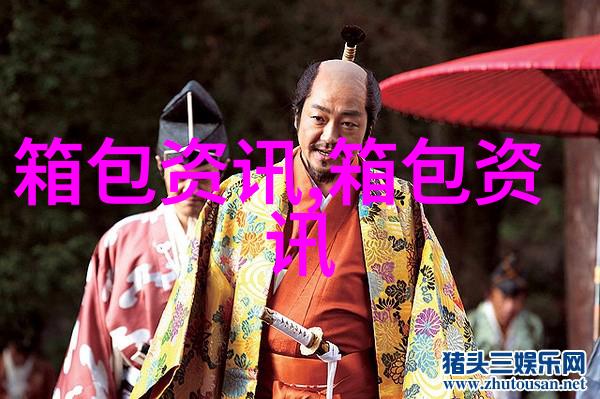一、珠宝的定义与历史
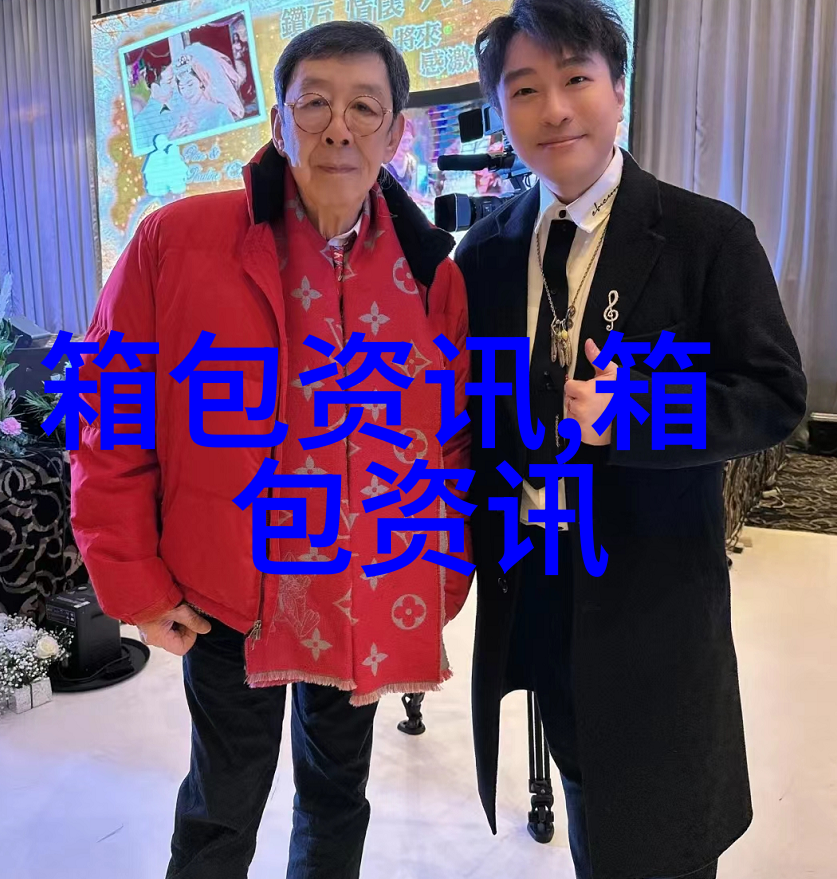
珠宝在人类历史上一直被视为一种奢侈品,代表着财富和地位。它不仅是装饰手表、项链等日常配饰,更是文化传承和艺术表现的一种形式。珠宝的定义通常包括各种材料制成的手工艺品,如钻石、玉石、金银等。
二、根据材料分类
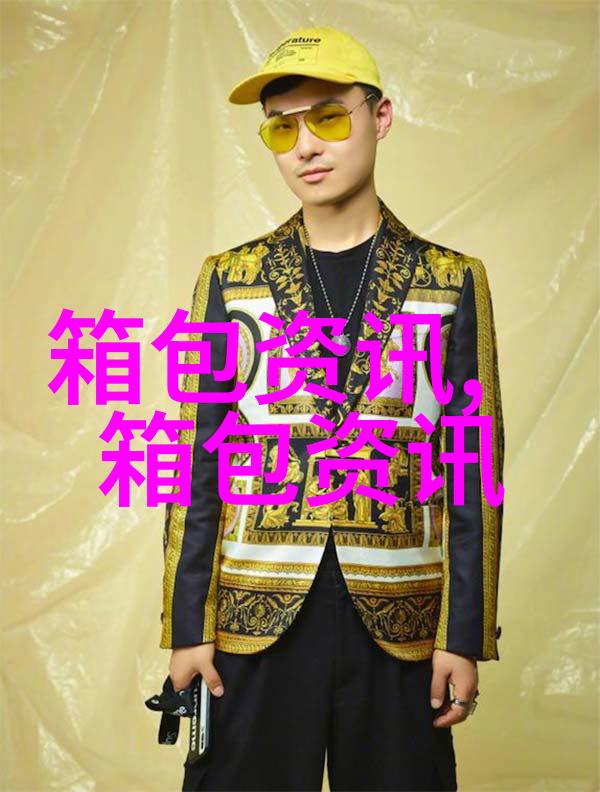
1.1 钻石与其他硬质矿物
钻石以其独特的光彩和坚硬程度成为最受欢迎的奢侈首饰之一。除了钻石,还有其他如红宝石、三角硅晶体(三明治)等硬质矿物也被广泛用于制作高档首饰。
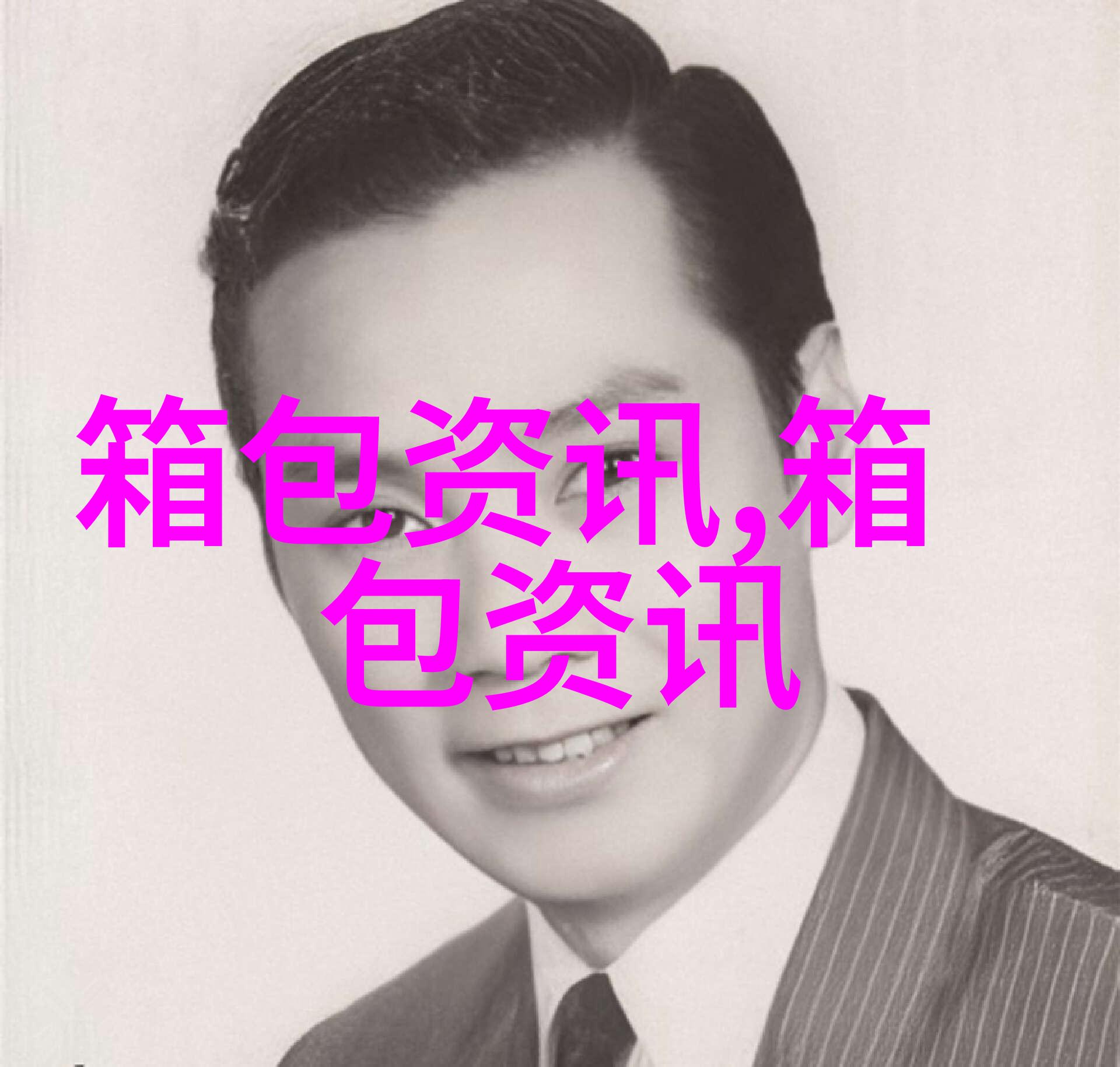
1.2 珠母与贝壳类别
珍贵的贝壳如真珠,是许多女性心仪的首饰所需。此外,海洋中的珊瑚、小蚌等也有其独特之处,被用作装饰或作为贺礼赠送。
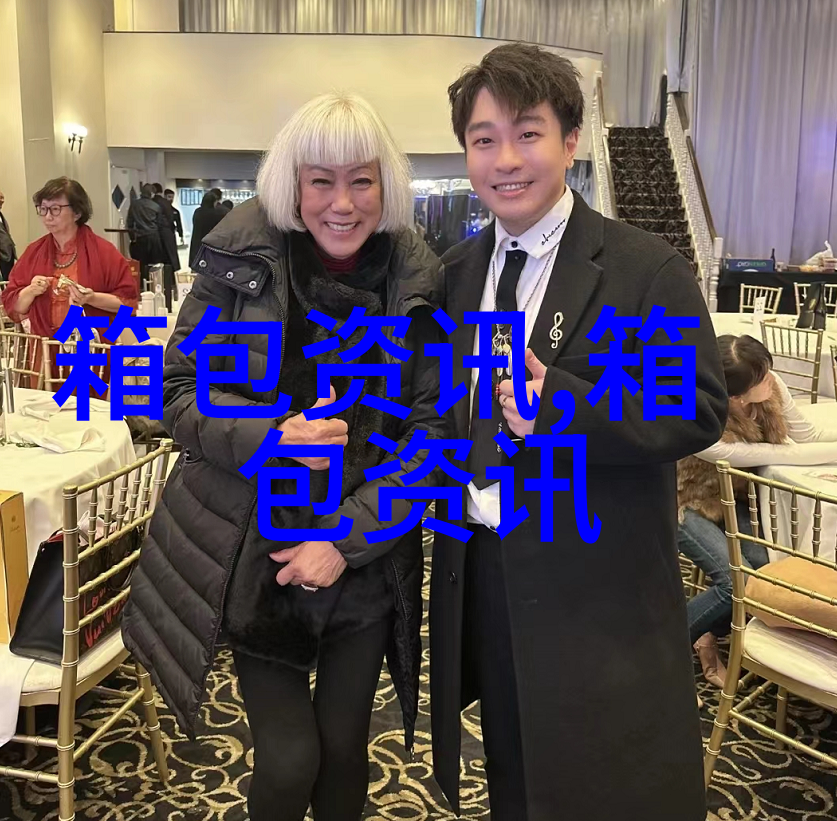
1.3 金属类别:黄金白银铂金
黄金因其耐腐蚀性、高密度和可塑性而备受青睐。在金属中,黄金因为更稀有且具有更好的韧性而价值最高,但白银同样具有良好的导电性能,而铂金则因为其强度及抗氧化能力而受到追捧。
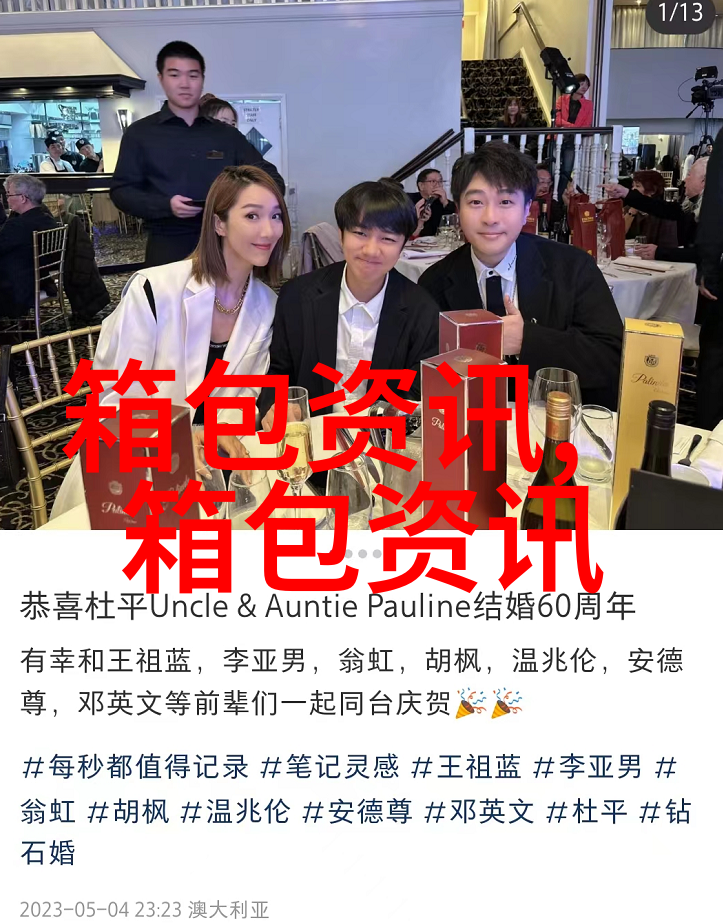
三、按功能分类
2.1 宝石首饰:项链吊坠耳环戒指手镯等日常配件。
2.2 工艺品首饰:利用不同材质制作的手工艺品,如陶瓷琉璃玻璃等。
2.3 收藏级别首飾:特别针对收藏爱好者设计,不一定适合日常佩戴。
4 jewelry with cultural significance: those that carry historical or symbolic meaning.
四、按使用场合分类:
3.1 日常生活配件:例如手表、中长款项链、大理石吊坠、小巧耳环、小型手镯。
3.2 特殊场合服装配件:婚纱上的发箍/头冠/领结/腰带;节庆时穿着的大型串 pearls;
3,5 重要事件礼物: 婚礼、新年卡片祝福卡片封面定制.
5 Jewelry for a specific occasion: such as wedding bands, engagement rings and anniversary gifts.
五、私人收藏与投资目的:
4 jewelry for personal collection or investment purposes:
heirlooms passed down through generations;
rare and unique pieces;
limited edition designs;
Antique and vintage jewelry;
六、未来趋势与发展方向:
6 The Future of Jewelry Trends:
sustainable materials and practices;
personalized customization options;
technology integration into jewelry design;
七结论:
7 Conclusion:
Jewelry is not just an accessory but also a reflection of one's personality, culture, history, and social status throughout time.
The classification of jewels depends on several factors including material composition, functionality use case scenario,
and the purpose it serves to the wearer - whether it be daily adornment or special occasions.
Understanding these classifications can help us appreciate the complexity behind each piece we wear or own,
and enable us to make informed decisions when selecting our next jewel to treasure



